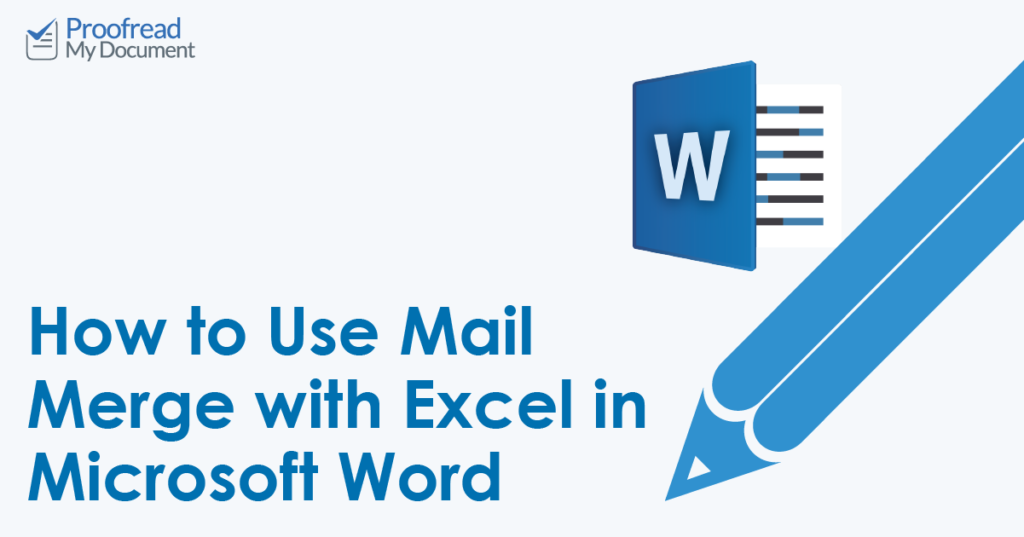
This approach will typically give the best results. This brings us back to the second possible solution, which is to change how the value is formatted in Word. For instance, if an unformatted value in Excel is 987.6, that is what gets passed to Word-a value without the second digit to the right of the decimal point. This, however, could lead to a problem of a different nature in your mail merge-not enough digits. If you go the former route, you'll need to go into your Excel worksheet and modify the actual underlying, formatted number so it contains values no more precise than two decimal places. You can either change what is being merged from Excel or you can change how the value is formatted in Word. To get around this issue there are two possible solutions. Thus, you get the result that Marylea is experiencing. It pulls, instead, the underlying, more precise (unformatted) number.

However, when you use mail merge in Word and pull information from the worksheet, it doesn't pull the number that you see in the cell (the formatted number). That doesn't mean that is the number in the actual cell chances are good that it is a much more precise number, such as 1234.5563289 or 1234.562567. Let's say that you see a number such as 1234.56. What you see in an Excel worksheet is, typically, a formatted number. This happens because of how Excel works with numbers. She wonders how she can have the rounded value merged into her Word documents rather than the underlying data that has many more decimal places. In Excel, she can format a cell to round to the nearest two decimal places. Marylea uses mail merge to place information from an Excel worksheet into the merged documents.


 0 kommentar(er)
0 kommentar(er)
